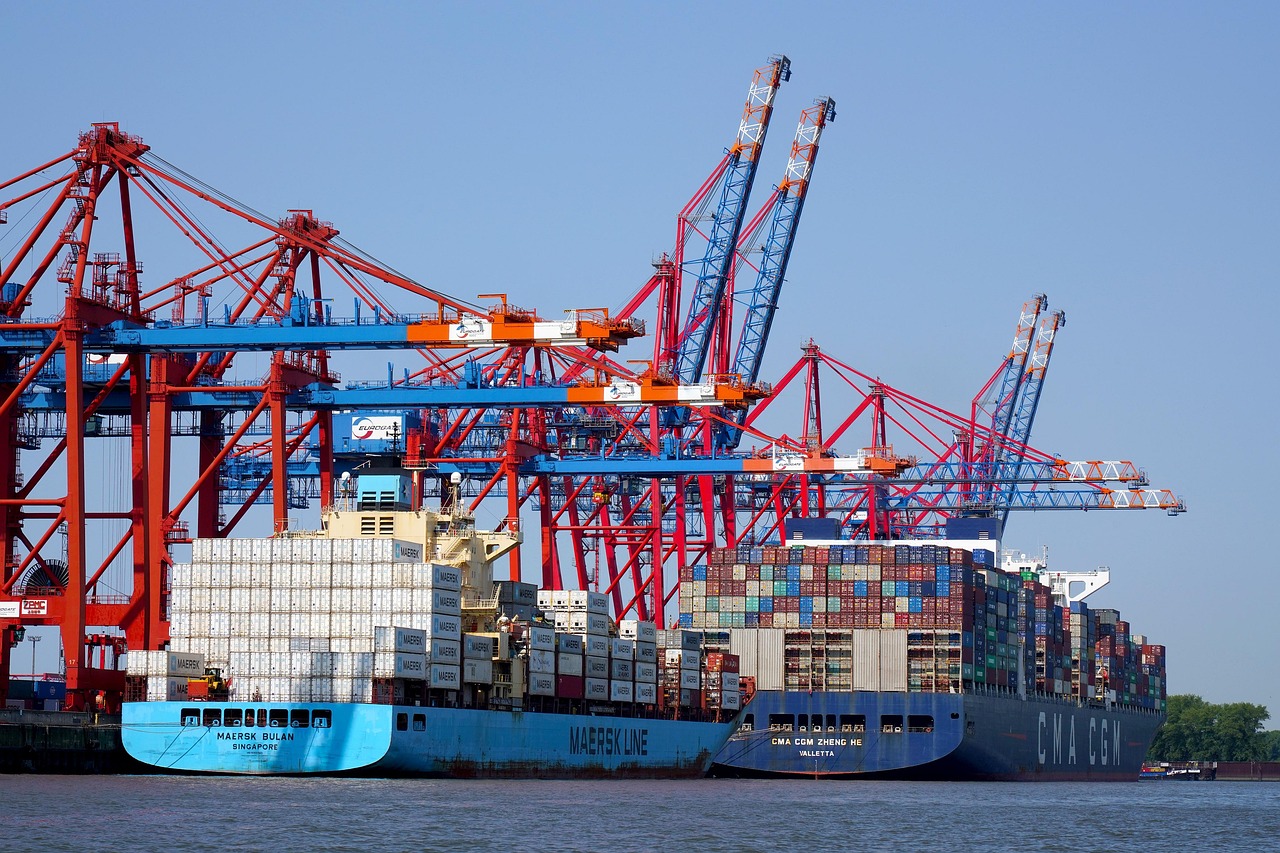How Digital Transformation is Shaping Ecommerce Shopify Success

digital transformation ecommerce merger
Affiliated Distributors (AD) and The Commonwealth Group (TCG) recently announced a merger that will create one of the largest cooperatives in the U.S. plumbing, heating, cooling, and piping (PHCP) sector.
Both organizations are prominent member-owned buying groups servicing the PHCP market, and their union reflects a growing emphasis on digital tools to enhance operational efficiency for independent distributors in the context of ecommerce, particularly in digital transformation, especially regarding digital transformation. The combined network will represent 325 independently owned PHCP distributors alongside AD’s broader portfolio of over 1,000 companies spanning nine construction and industrial verticals across North America. TCG’s existing network includes more than 114 wholesalers and over 140 manufacturers, making the merger a significant consolidation within the supply chain landscape (Digital Commerce 360, 2025).
Central to the merger’s strategy is integrating TCG’s ecommerce and procurement platforms with AD’s digital systems, aiming to improve visibility, analytics, and workflow automation for members and suppliers. Executives highlight that this deal transcends mere scale; it is about modernizing independent distribution operations by streamlining ordering, inventory management, and pricing, including ecommerce applications, especially regarding digital transformation.
This integration is designed to reduce redundancies and accelerate digital workflows, ultimately allowing members to better serve customers and respond more agilely to market demands. The leadership transition will see TCG president Mike Lepley assume responsibility for the combined PHCP business unit at AD, ensuring continuity and strategic focus through the integration phase (Digital Commerce 360, 2025).
ecommerce de minimis tariff impact
Concurrently, the ecommerce landscape faces a seismic shift following the termination of the U.S. de minimis exemption on August 29, 2025.
This policy change, enacted by executive order, removes the longstanding duty-free threshold that allowed shipments valued under $800 to enter the U.S. without formal customs declarations, tariffs, or taxes in the context of merger, especially regarding digital transformation. This threshold had replaced a previous $200 limit and had supported a significant volume of small parcel imports, totaling 1.36 billion shipments in the 2024 fiscal year alone (U.S.
Customs and Border Protection, 2025). The ending of de minimis exemptions creates substantial cost implications for retailers and marketplaces that had relied on the exemption to maintain competitive pricing and seamless cross-border operations.
Major players impacted include East Asia-based ecommerce giants Shein and Temu, which together accounted for over 30% of de minimis imports in 2022 in the context of merger, particularly in digital transformation. Established U.S. brands like Tapestry (owner of Coach and Kate Spade) and marketplaces such as Etsy have also acknowledged the financial headwinds caused by the policy change.
Tapestry, for example, anticipates a $160 million profit impact from tariffs and duties in 2025 alone, representing a significant margin compression of approximately 230 basis points (Digital Commerce 360, 2025).

ecommerce pricing transparency
The removal of de minimis exemptions adds complexity to the supply chain and pricing strategies for online sellers and distributors. Retailers must now incorporate tariff costs into their pricing models and supply chain planning, which may result in higher prices for end consumers.
Market research underscores that consumers are already feeling the impact of tariff-induced price inflation, with online shopping behaviors adjusting accordingly (Digital Commerce 360, 2025). Retailers and marketplaces are responding by adopting more transparent communication strategies with customers to manage expectations around tariffs. Etsy, for instance, has updated its seller guidelines to encourage clarity about tariffs, recognizing that many U, especially regarding merger, including ecommerce applications, especially regarding digital transformation.S.
buyers are unfamiliar with paying import duties directly. This transparency is critical to maintaining trust and minimizing order cancellations or disputes as the new regulatory environment takes hold (Etsy Seller Handbook, 2025).
Chinese ecommerce companies, despite being heavily affected by U in the context of merger, particularly in digital transformation.S. tariffs, are expected to leverage their inherent agility and innovation to adapt. Analysts note that these companies often face fewer legacy infrastructure constraints, enabling quicker adoption of new operational models and technological advancements (Digital Commerce 360, 2025).

digital transformation supply chain
The AD and TCG merger and the evolving import regulations underscore a broader industry trend: independent distributors and ecommerce retailers must embrace digital transformation to remain competitive in a rapidly changing market. The merger enables the combined organization to embed digital tools at the core of its operations, which is critical for future-proofing against supply chain disruptions and regulatory challenges.
By integrating procurement platforms and analytics, members gain enhanced control over inventory and pricing dynamics, particularly in ecommerce, especially regarding digital transformation. This digital leverage allows distributors to optimize stock levels, reduce holding costs, and accelerate order fulfillment. Such capabilities will be increasingly necessary as tariffs and compliance requirements add layers of complexity to supply chain management (Digital Commerce 360, 2025).
The merger also ensures balanced governance and representation, aligning best practices across divisions such as PVF, Decorative Brands, and Waterworks. This unified governance structure facilitates the rapid adoption of operational improvements and innovation dissemination across the network, thereby boosting collective resilience and competitive advantage.

ecommerce supply chain sourcing
For ecommerce operators, the expiration of de minimis exemptions demands a strategic reassessment of sourcing and logistics. The following steps are recommended to mitigate cost impacts and maintain customer satisfaction: ① Enhance supply chain visibility through integrated procurement and inventory management tools to anticipate tariff effects on cost and availability.
② Implement transparent customer communication regarding tariffs and delivery timelines to set realistic expectations and reduce friction, including merger applications, including digital transformation applications.
③ Explore diversification of sourcing markets and alternative fulfillment strategies to minimize exposure to tariff-heavy jurisdictions. By proactively addressing these areas, ecommerce retailers can better manage margin pressures and sustain growth momentum in a more regulated import environment.

digital transformation ecommerce
The merger of AD and TCG coupled with evolving import policies marks a pivotal moment for the PHCP and ecommerce sectors. Independent distributors and online retailers alike must leverage digital transformation and strategic operational adjustments to navigate a landscape defined by consolidation, increased regulatory scrutiny, and shifting consumer expectations.
This convergence of scale and technology will not only strengthen the resilience of supply chains but also enhance the ability of market participants to respond swiftly to evolving market conditions. Success will hinge on the ability to integrate data-driven decision-making with operational agility, ensuring competitiveness in a complex global commerce environment.
How are you preparing your business for these industry shifts?
